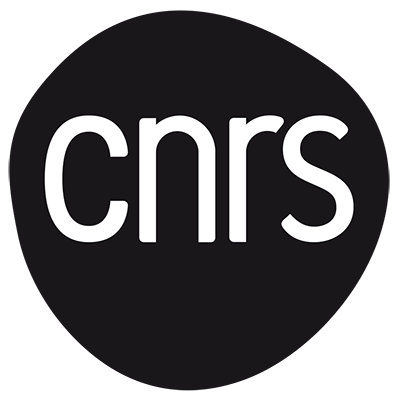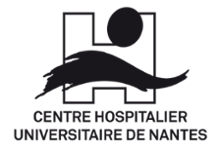Modelling photopharmacological interventions for the treatment of complex cardiac arrhythmias
Stage Master 1, Master 2/Engineer - Team II : Ion channels and cardiopathies
Les pré-requis
- Formation en bioinformatique, en ingénierie biomédicale, en biophysique ou dans des domaines similaires.
- Etre familié de la programmation informatique (au moins dans un langage de programmation scientifique : C, C++, Fortran, Python, etc : C, C++, Fortran, Python, etc.)
- Capacité à communiquer en anglais
- Background in Bioinformatics, Biomedical engineering, Biophysics or similar fields.
- Essential familiarity with computer programming (at least in one scientific programming language: C, C++, Fortran, Python etc.).
- Ability to communicate in English
Résumé du projet de recherche
La photopharmacologie est une toute nouvelle technique qui vient s'ajouter à la pléthore de nouvelles techniques expérimentales actuellement étudiées pour leur efficacité dans le traitement des arythmies cardiaques. Il s'agit d'utiliser la lumière UV comme interrupteur pour activer/inactiver des peptides qui affectent ensuite l'électrophysiologie cellulaire et les propriétés électriques/mécaniques/électromécaniques des tissus biologiques. Cependant, on sait très peu de choses sur la façon dont cette technique peut être appliquée au tissu cardiaque. L'objectif de ce projet est de développer une première compréhension théorique de la photopharmacologie dans le cœur à l'aide de modèles mathématiques et d'expériences. Ce projet sera réalisé en étroite collaboration avec Michel de Waard et Jérôme Montnach (équipe II).
********************************************************************
Photopharmacology is a brand new addition to the plethora of novel experimental techniques currently being investigated for their efficacy in the treatment of cardiac arrhythmias. This involves using UV light as a switch to activate/inactivate peptides that subsequently affect cellular electrophysiology and impact the electrical/mechanical/electromechanical properties of biological tissue. However, very little is known about how this technique can be applied to cardiac tissue. The aim of this project is to develop a first theoretical understanding of photopharmacology in the heart using mathematical models and experiments. This project will be carried out in close collaboration with Michel de Waard et Jérôme Montnach (Team II).
Publications associées
- A Mathematical Model of Neonatal Rat Atrial Monolayers with Constitutively Active Acetylcholine-Mediated K+Current. R Majumder, W Jangsangthong, I Feola, DL Ypey, DA Pijnappels, AV Panfilov, PLoS Comp Biol 12(6): e1004946. (2016). https://doi.org/10.1371/journal.pcbi.1004946
- Optogenetics enables real-time spatiotemporal control over spiral wave dynamics in an excitable cardiac system. R Majumder, I Feola, AS Teplenin, AAF de Vries, AV Panfilov, DA Pijnappels, eLife, 7:e41076, (2018) https://doi.org/10.7554/eLife.41076
- Self-restoration of cardiac excitation rhythm by anti-arrhythmic ion channel gating. R Majumder, T De Coster, N Kudryashova, AO Verkerk, IV Kazbanov, B Ördög, N Harlaar, R Wilders, AAF de Vries, DL Ypey, AV Panfilov, DA Pijnappels. eLife 9:e55921 (2020) https://doi.org/10.7554/eLife.55921
- Pulsed low-energy stimulation initiates electric turbulence in cardiac tissue. R Majumder, S Hussaini, VS Zykov, S Luther, E Bodenschatz. PLoS Comp Biol 17(10): e1009476. (2021) https://doi.org/10.1371/journal.pcbi.1009476
- A mathematical model for electrical activity in pig atrial tissue. Peris-Yagüe V, Rubio T, Fakuade FE, Voigt N, Luther S, Majumder R. Frontiers in Physiology:250 (2022) https://doi.org/10.3389/fphys.2022.812535





